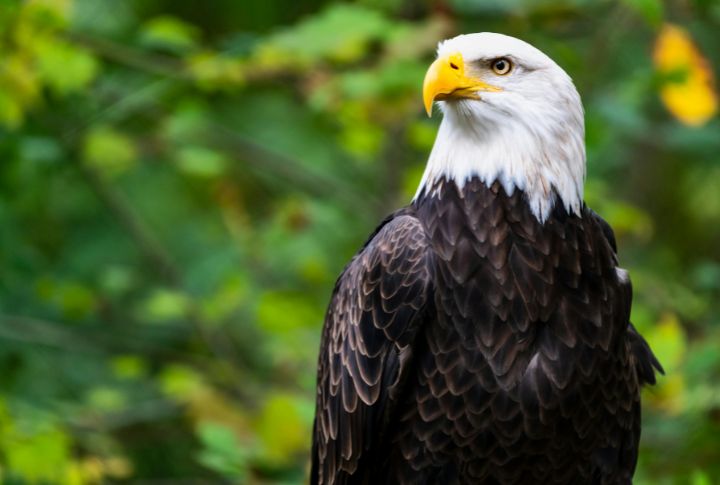
They may be national symbols, but bald eagles don’t just perch around looking noble. They bicker, build giant nests like feathered architects, and rule the skies with the drama of a wildlife soap opera. These curious facts dive into the messy, wild, and surprisingly relatable lives of America’s favorite bird.
Bald Eagles Build The Largest Tree Nests In North America
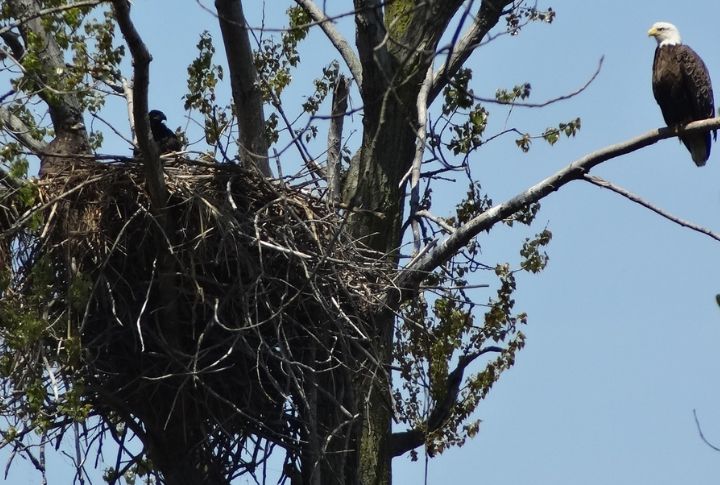
Most bald eagle nests span 6–10 feet wide and 3–6 feet deep, with some reaching 13 feet and weighing over a ton. Eagles return yearly, adding more material. The largest nest on record, found in Florida in 1963, measured 9.5 feet wide, 20 feet deep, and weighed 4,400 pounds.
Nest-Building Begins Before Mating
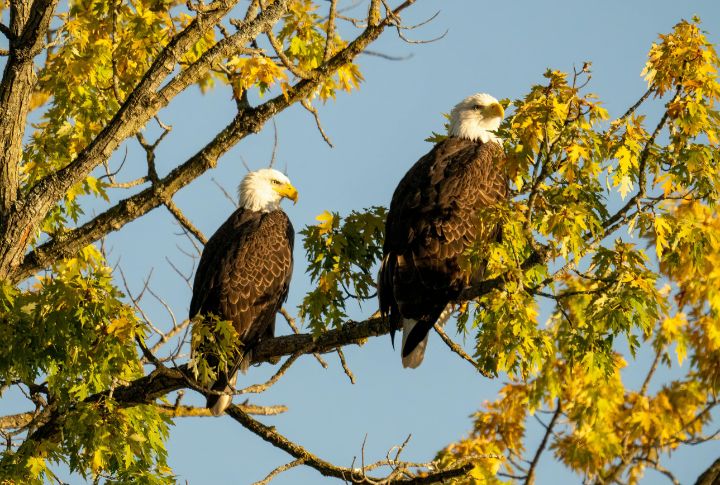
Nest building is a full-blown courtship ritual for bald eagles. Months before laying eggs, usually in late winter or early spring, eagle pairs start with their prep. The male gathers sticks and nesting material while the female arranges them with care. Together, this activity strengthens their bond and signals breeding readiness.
Eagles Prefer High Vantage Points
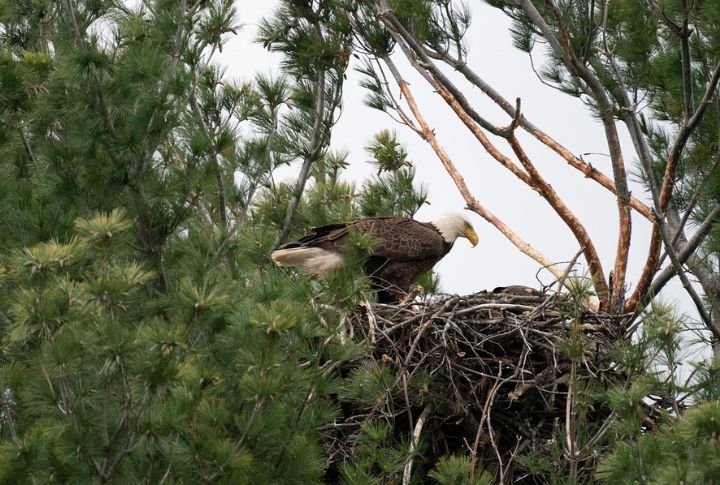
By choosing cliffs or platforms when trees are scarce, bald eagles secure high, safe nesting spots. These heights protect eggs from predators and give clear views for hunting and defense. As a result, their nests become both shelters and strongholds that signal control over the vicinity.
Eagles Mate For Life
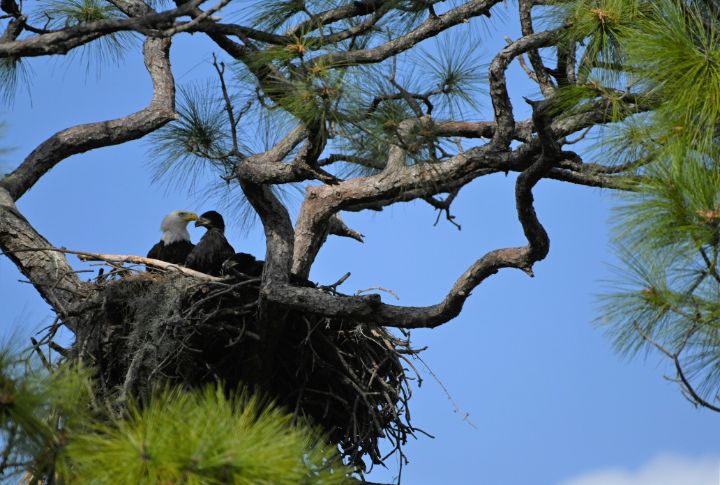
Each spring, the same eagle pair returns to their treetop nest. Season by season, they’ve shaped it—he brings the pieces, she puts them in place, both stand guard. Their sky-dances speak loyalty, not display. While some bonds break if a mate disappears, most stay strong, raising chicks with fierce focus and quiet devotion.
Nest Interiors Are Surprisingly Soft
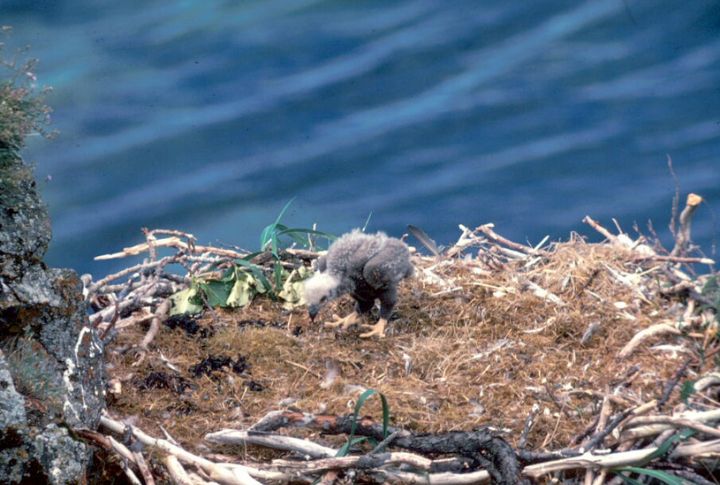
Beneath layers of heavy sticks lies a secret: a plush cradle built by beaks. Bald eagles turn their giant nests into soft, safe spaces. They line them with feathers, moss, grass, and even nearby scraps to cushion their eggs. It helps give their chicks a warm, gentle start high above the ground.
Eagle Parents Take Turns Incubating Eggs
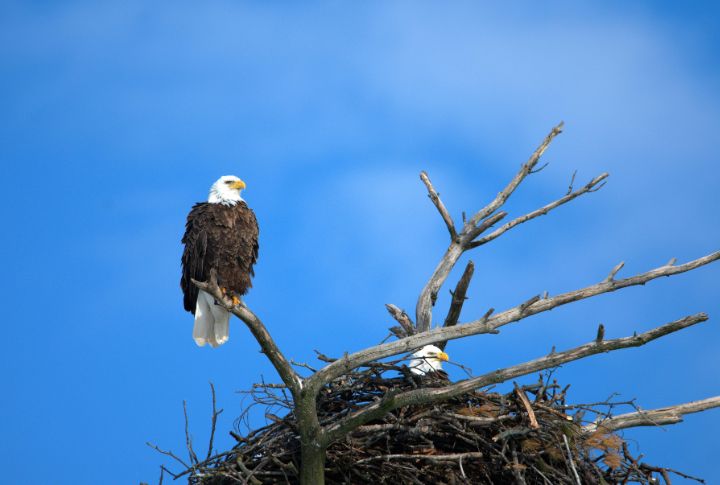
Bald eagles share parenting by trading shifts at the nest. Using brood patches on their bellies, they keep the eggs warm for about 35 days. They also rotate the eggs for even heat. While one incubates, the other keeps watch, ready to defend their nest at any moment.
Not All Eggs Hatch At Once
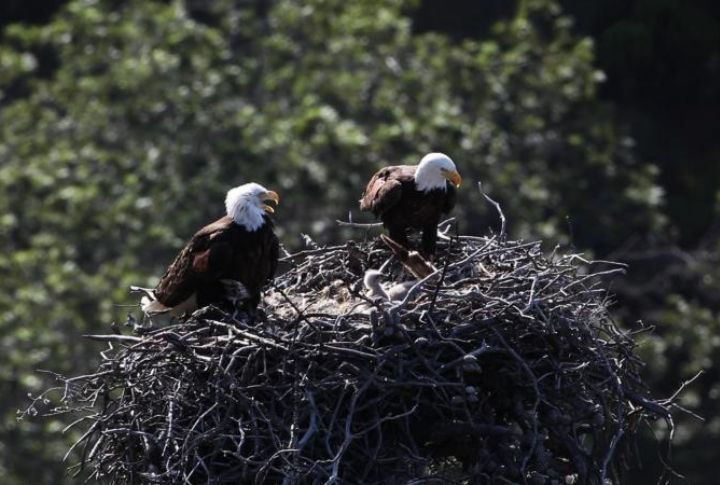
Staggered egg-laying helps increase chick survival. As incubation begins with the first egg, it hatches earlier, giving the first chick a clear advantage. When food runs low, that head start matters. Consequently, the older chick often outcompetes its sibling, ensuring at least one eaglet survives the season.
Nests Are Hotbeds For Wildlife Drama
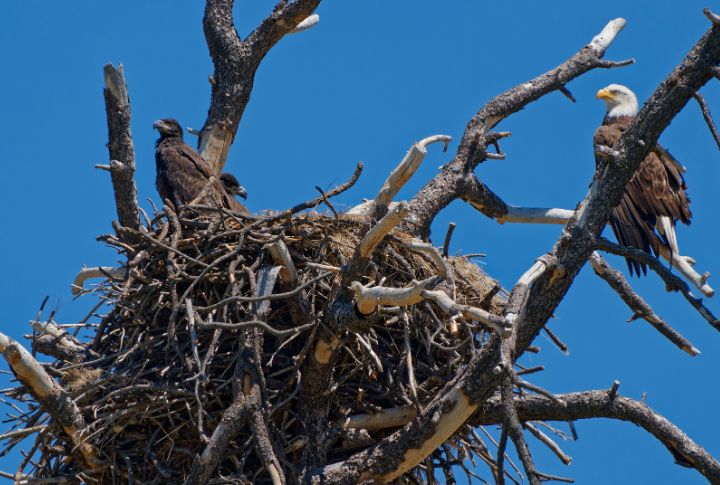
All seems calm in the canopy—until chaos erupts. Talons lock mid-air as a rival eagle attacks. Below, a raccoon creeps toward the nest. But the parents don’t hesitate. They dive, strike, and protect what’s theirs. It’s wild and real, captured on nest cams as each attack tests their strength and instinct.
Some Nests Last For Generations
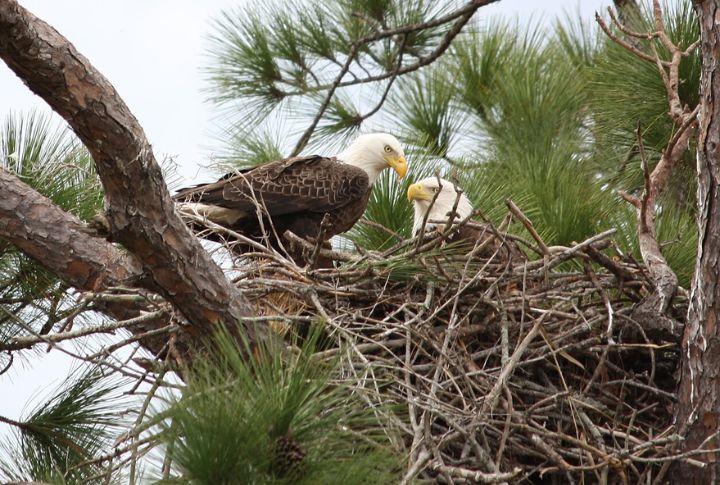
To protect their young and territory, bald eagles return to the same nest year after year. With each season, they add new layers, making it deeper and heavier over time. Some nests can last 35 years and span generations—towering structures passed down like prized real estate high in the trees.
Bald Eagle Nests Are Protected By Law
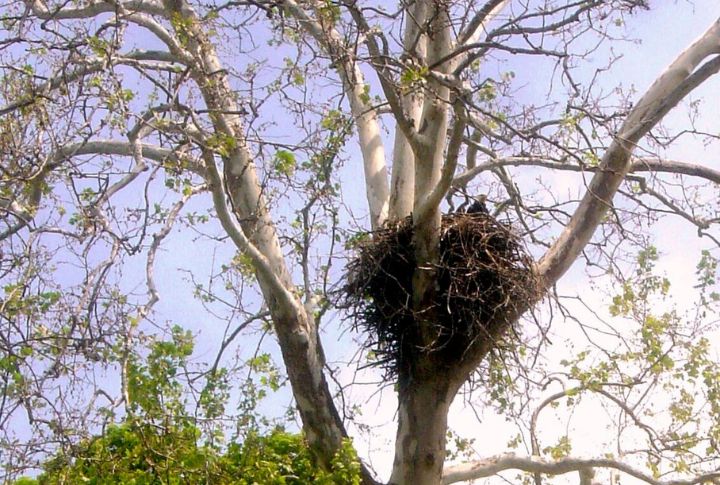
One empty nest can bring a construction site to a halt. That’s how strong the law is when it comes to protecting bald eagles. In fact, since 1940, it’s been illegal to disturb or damage their nests, no matter the season. As a result, some nest locations stay secret to prevent interference.

